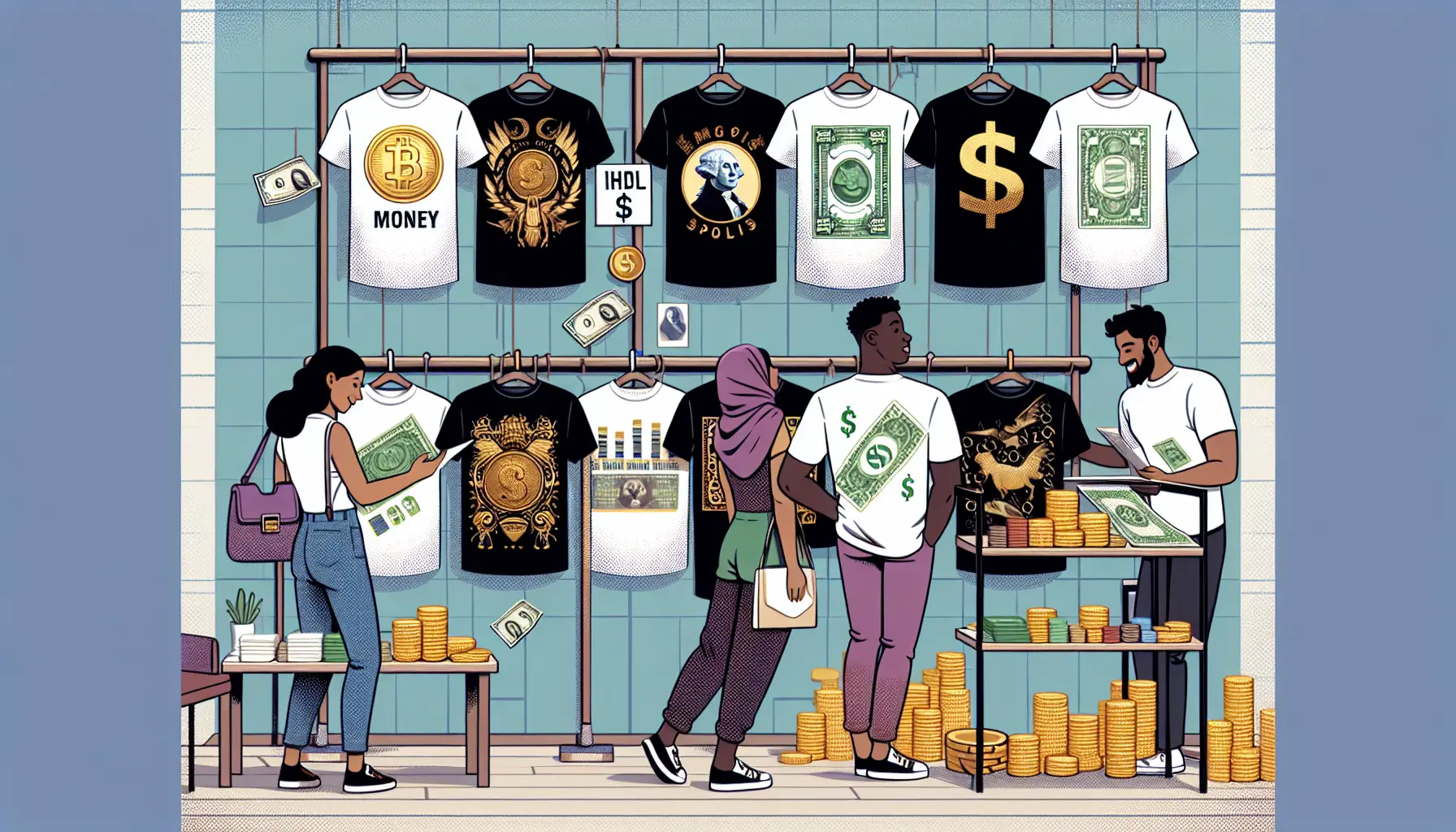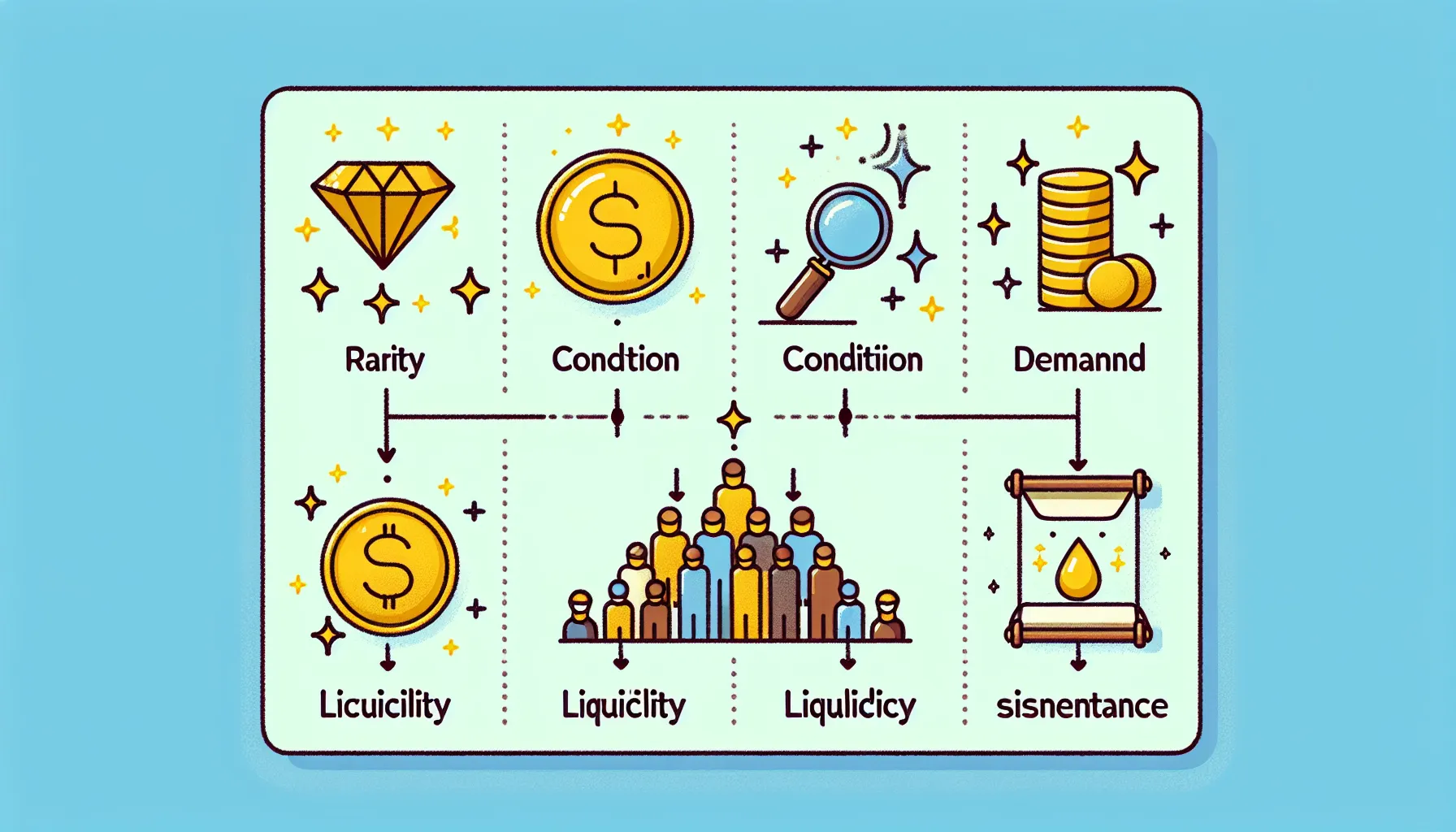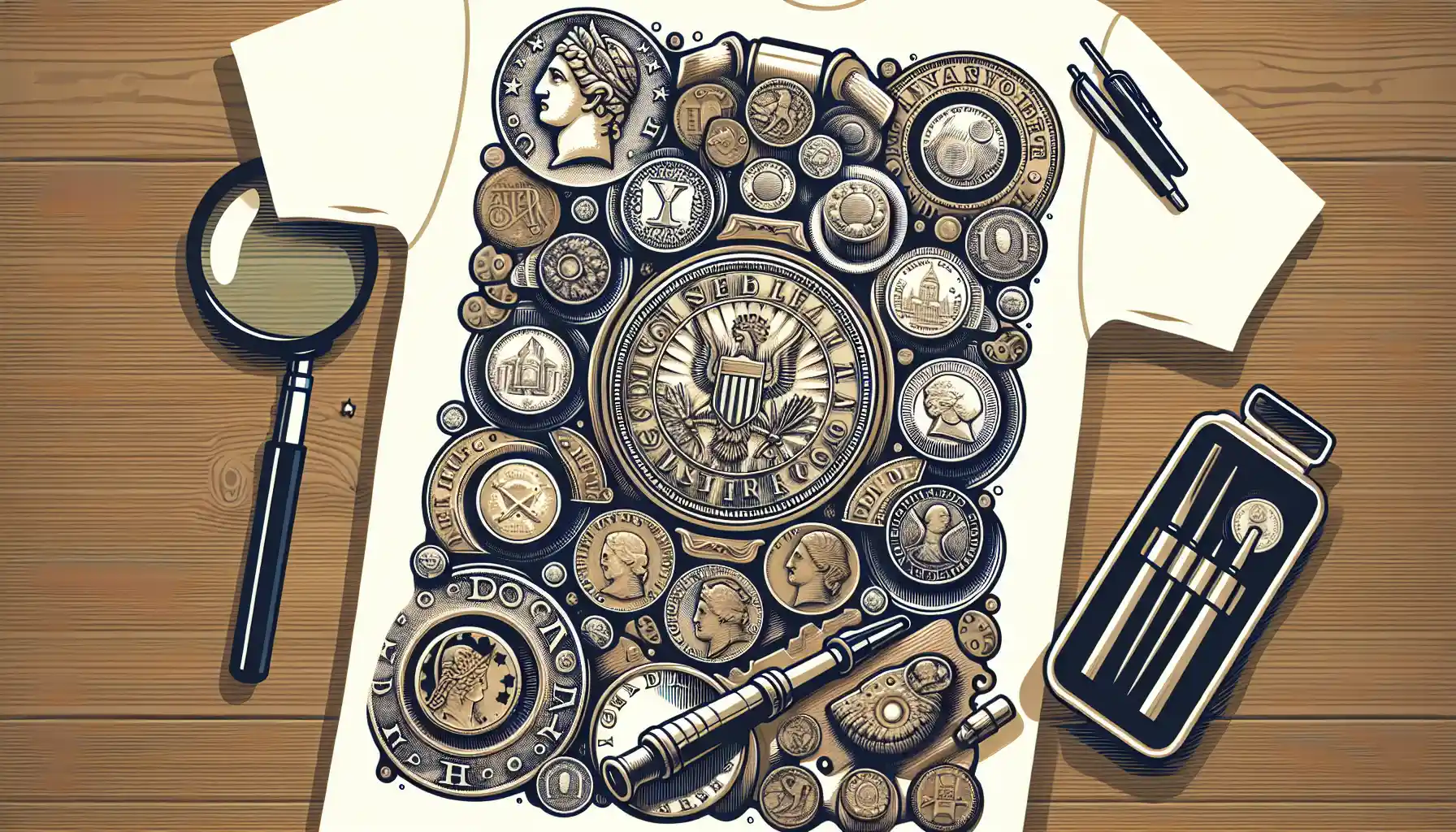The Origins and Historical Significance of Commemorative Coins
Tracing the Roots of Commemorative Coins
Imagine holding a piece of history in your hand—a coin that whispers stories of ancient empires, grand celebrations, and moments frozen in time. The origins of
commemorative coins take us back thousands of years, to civilizations like the Romans and Greeks. These weren’t just coins; they were miniature works of art, minted to honor victories, leaders, or even celestial events.
Take, for instance, the Roman denarius struck to celebrate Julius Caesar's military conquests. Or the stunning Greek tetradrachms featuring gods and goddesses, symbols of power and divine connection. These coins were more than currency—they were statements, propaganda, and keepsakes all rolled into one.
Why did these ancient societies start minting such treasures? It was about leaving a mark, creating a legacy. Coins were portable billboards, traveling across borders and passing through countless hands, carrying messages of triumph or reverence.
- A victory in battle? Mint a coin.
- A new ruler crowned? Strike another.
- An eclipse that stunned the world? Immortalize it on silver.
Today, these relics remind us how humanity has always sought to capture its most profound moments in something as small—and as lasting—as a coin.
Factors That Determine the Value of Commemorative Coins
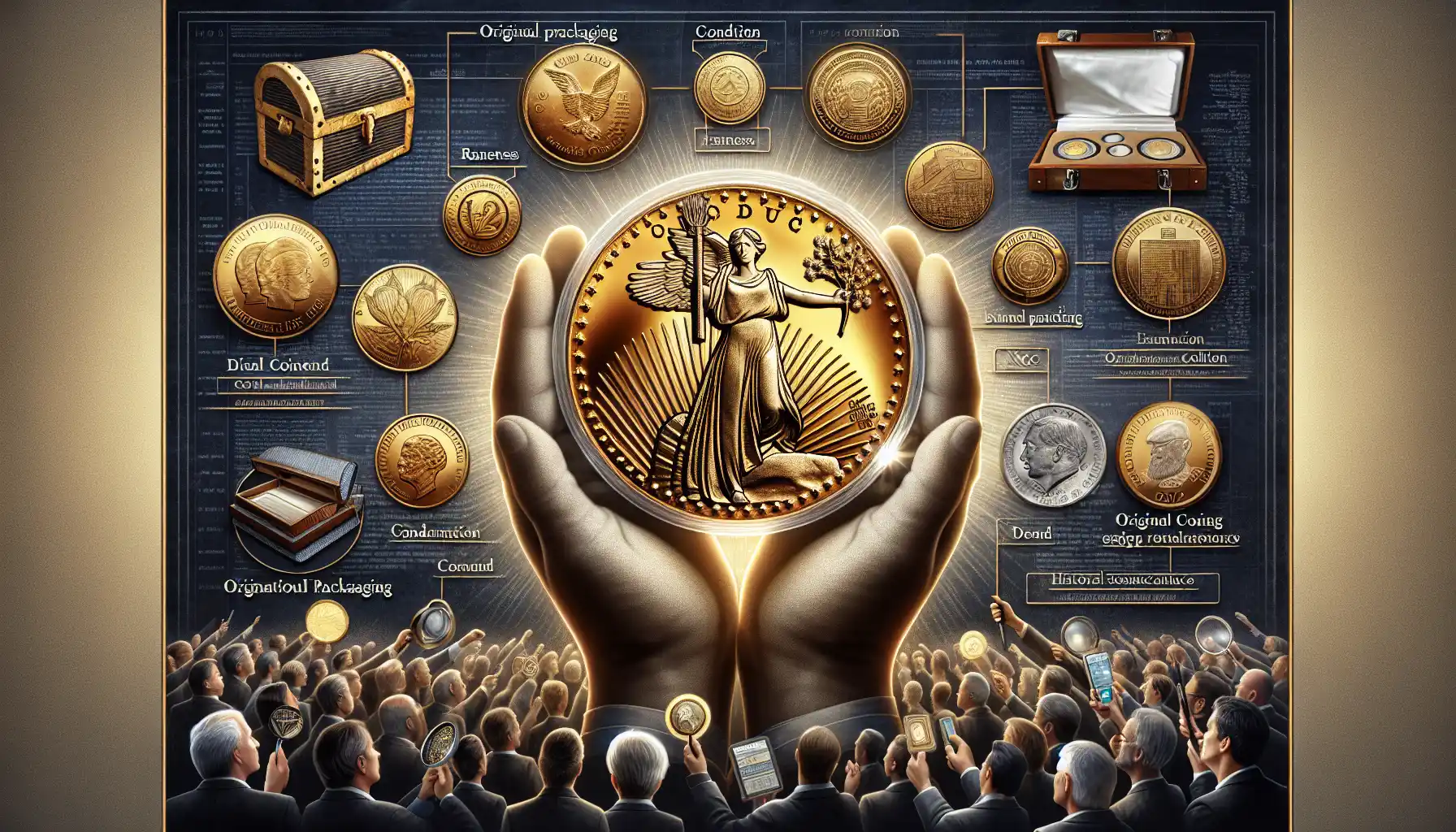
The Magic of Rarity and Demand
Imagine holding a coin that whispers stories of centuries past—its worth isn't just in its metal but in its rarity. A commemorative coin's value often hinges on how many were minted. Were only a few thousand created? If so, you might just have a golden ticket in your hands.
Collectors adore coins that are hard to find. Think of it like a treasure hunt: the fewer there are, the more thrilling the chase. Coins marking significant events, like the 1969 Apollo 11 moon landing, can send collectors into a frenzy if they're scarce enough.
But rarity alone isn’t the whole story. It’s about
demand. Picture this: a coin minted in honor of Queen Elizabeth II's coronation might soar in value after her passing, as emotions fuel interest.
- Was the coin part of a limited edition set?
- Does it commemorate a globally significant event?
These factors make all the difference. Rarity is the heartbeat, but demand? That’s the soul. Together, they weave a spellbinding tale of value.
How to Start Collecting Commemorative Coins
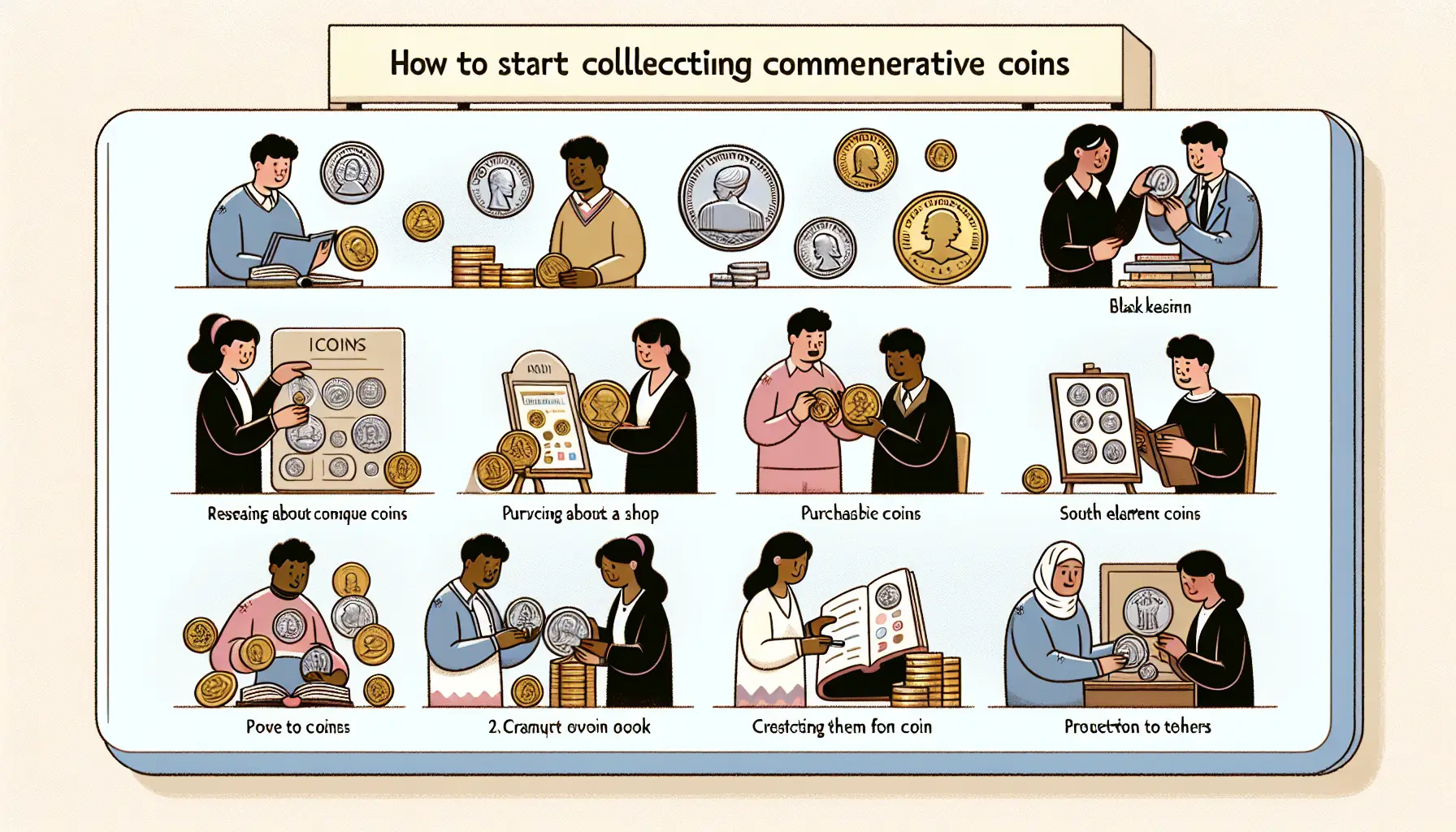
Finding Your First Coin: The Spark of a Lifelong Journey
Starting your collection is like opening the first page of a gripping novel—you’re stepping into a world full of history, artistry, and personal connection. The first thing to know? There's no one-size-fits-all approach. Collecting commemorative coins is as personal as choosing a favorite song.
To begin, ask yourself: what speaks to you? Is it the gleam of a
silver proof coin, the intricate designs celebrating iconic events, or perhaps a tribute to your country’s milestones? For many, their first coin is tied to a memory—a birthday gift, a travel memento, or even a lucky find at a flea market.
Here are some simple ways to start hunting for that perfect inaugural piece:
- Check online marketplaces like eBay or specialized numismatic websites.
- Visit local coin shops or attend coin shows to get hands-on experience.
- Explore government mints offering official commemorative releases.
Remember, your first coin doesn’t have to be rare or expensive. It just needs to spark joy—like finding a long-lost treasure in your own backyard.
Popular and Notable Commemorative Coins Throughout History
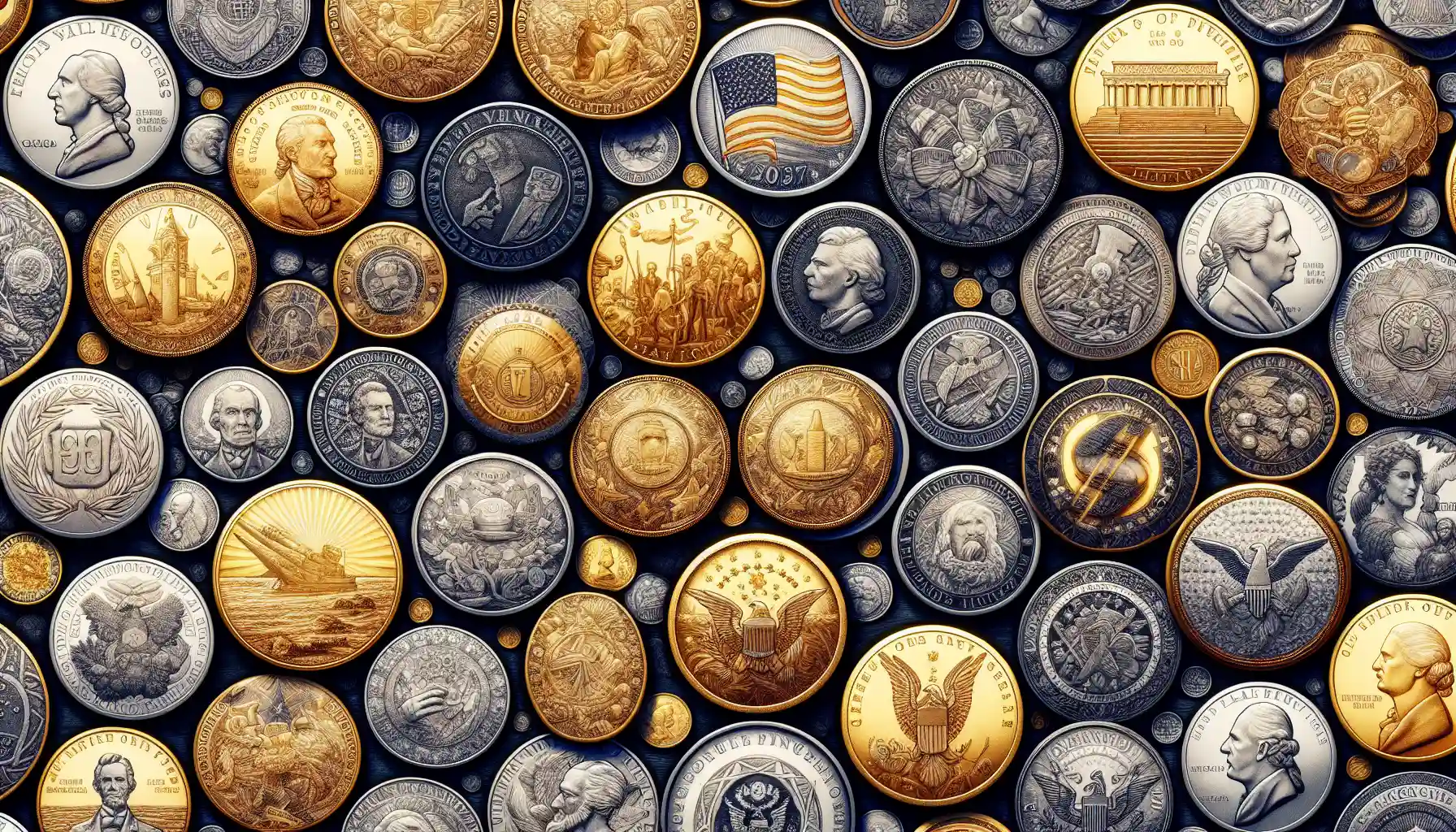
The Dazzling Stories Behind Iconic Commemorative Coins
Imagine holding a piece of history in the palm of your hand—this is what owning a commemorative coin feels like. These coins aren’t just metal; they’re time capsules, encapsulating moments that shaped the world. Take, for example, the stunning
1925 Stone Mountain Memorial Half Dollar. This isn’t just a coin—it’s a monument to history, minted to honor Confederate leaders and fund the Stone Mountain sculpture project. Its intricate design, with bold reliefs of Generals Lee and Jackson, whispers stories of America’s past every time you glance at it.
But let’s not stop there! The
2009 Louis Braille Bicentennial Silver Dollar is another marvel. Not only does it celebrate the life of Braille, but it’s also the first U.S. coin to feature readable Braille text. Isn’t that extraordinary? Coins like these don’t just sit in display cases—they spark conversations, invite curiosity, and keep history alive.
- The 1986 Statue of Liberty Half Dollar captured the torch of freedom itself.
- The 2014 Baseball Hall of Fame Commemorative Coin, with its curved design, brings the sport to life in your hands.
Each one tells a story, waiting for you to listen.
Tips for Evaluating and Preserving Your Coin Collection
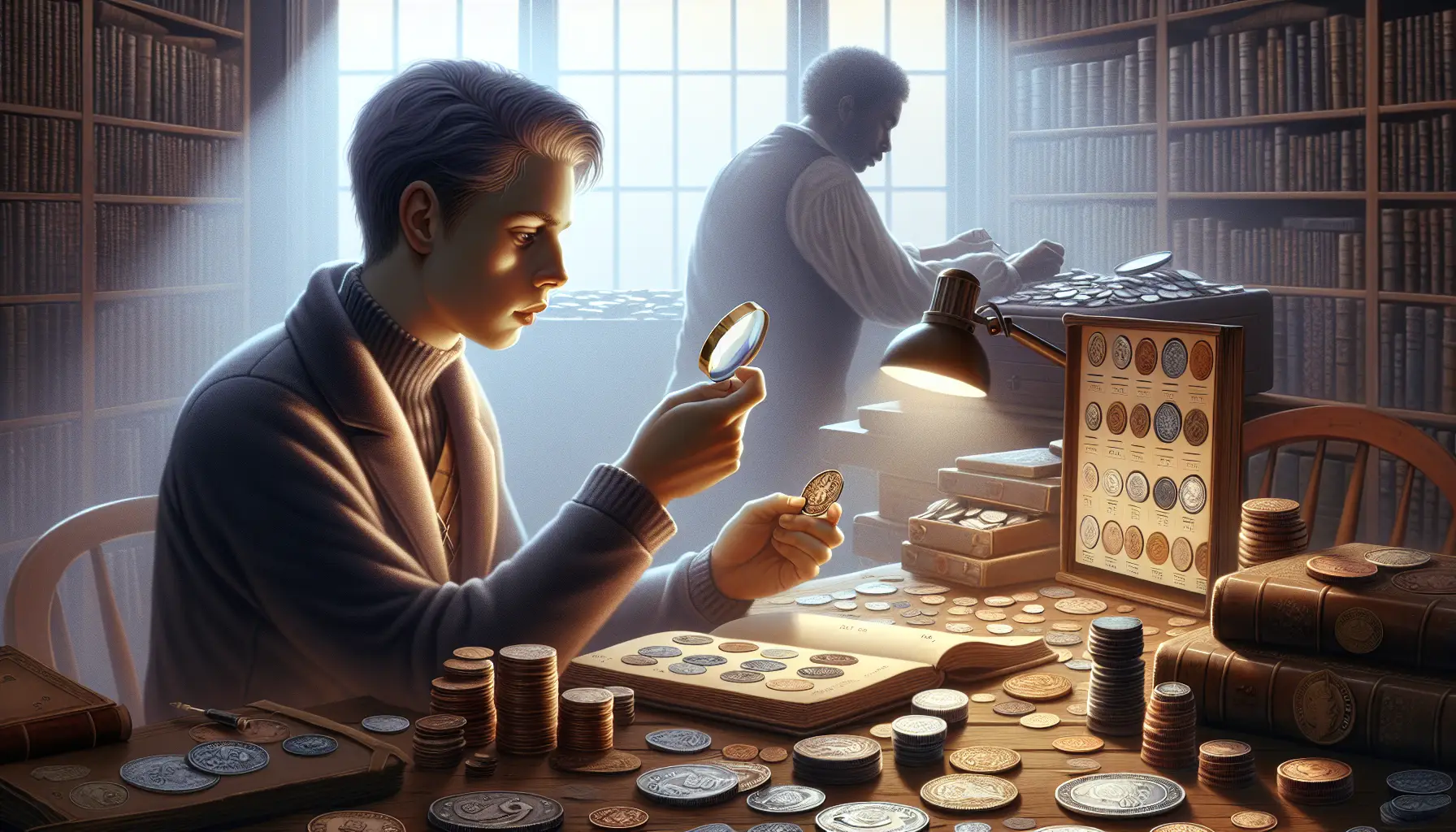
How to Assess Your Coin Collection Like a Pro
Picture this: your coin collection spread out before you, each piece whispering tales of history and craftsmanship. But how do you truly determine its worth? Let’s dive into the art of evaluation with a mix of keen observation and a touch of detective work.
First, examine the
condition. Coins in pristine shape—free from scratches, discoloration, or wear—often command higher value. Look closely at the edges, too; sometimes, tiny imperfections can tell a story about how it was handled or stored.
Next, consider
rarity. Is your coin a common find or a rare gem? Research its mint year, production numbers, and any unique features. For instance, an 1804 Silver Dollar isn’t just a coin; it’s practically a unicorn in the numismatic world.
And don’t forget provenance! If your coin comes with historical documentation or ties to a famous event, its value could skyrocket.
- Inspect under good lighting—natural light reveals details artificial light might hide.
- Use a magnifying glass for intricate markings or mint errors.
Every scratch, shimmer, and story matters. Treat your coins like the treasures they are.







